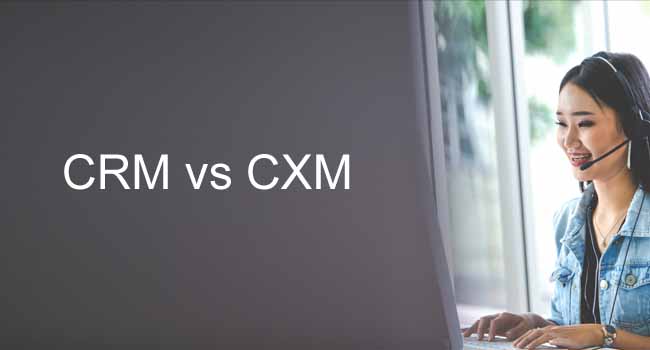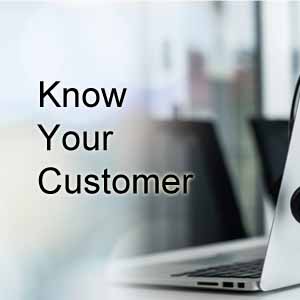
The Difference Between CRM and CXM?
Winning and retaining customers is essential to the success of every business. Most small business owners keep a close eye on customer demand and market trends so they are in a prime position to win new business. However, many do not know that new customer acquisition is up to five times more expensive than customer retention[1]. Customer Relations Management (CRM) and Customer Experience Management (CXM) help with both respectively. CRMs are tools that businesses use to collect information that helps them build a connection with the customer. On the other hand, CXMs are a platform that personalize the customers’ experience to allow for more engagement. Let’s dive deeper into the world of CRMs and CXMs.

What is CRM?
A CRM is a platform used in the marketing and sales process to document details and interactions in order to develop a relationship with prospects from the very first contact. Data can include how the prospect found out about the company as well as detailed contact and prospect-needs information. It can also help track all the information obtained by the company when contacting prospects. Additionally, CRMs can keep tabs on marketing campaigns, sales pipelines, and business won.
The value of an effective CRM is the process-tracking and data analytics. However, they fall short when it comes to ensuring prospects and customers are having a good experience with the company. Poor customer experience can be the source of poor customer retention or churn.

What is CXM?
A CXM is a platform designed to help businesses provide a more personal and desired interaction with prospects and customers. CXMs are focused on ensuring the company and customers have the information they need to work together efficiently. CXMs can provide for online estimates and invoicing, social media and reputation management, and an integrated inbox so companies can have emails, texts, and social media messages in one place.
The value of a CXM is a customer experience that fuels more sales and referrals. A CXM can provide each staff member a summary of all interactions with each customer, giving an omni-present knowledge base. This will prevent the frustration of long response times and conflicting messages from different staff members.
Why You Should Consider a CXM
Competitive businesses seek to make opportunities to satisfy valued customers. In a recent poll, customers said they would pay up to a 16% premium and provide more personal data to companies that provide a great experience. Conversely, 1 in 3 consumers (approx. 32%) said they would walk away from a brand they love after just one bad experience. A good CXM can help minimize churn while increasing sales and profits.
Some CXMs have enough CRM features to serve both functions. Depending on the industry, a comprehensive CXM is all that may be needed. For industries that need both, the CRM can be focused on customer acquisition while the CXM’s goal can be customer retention and long-term customer value. A CXM can also provide a customer portal that meets some clients’ demands for self-service resources without increasing the demand for staff.
It is a great idea to evaluate your business’ needs and determine which platform you would benefit from. Whether you are hoping to attract new clients or give your existing clients a more pleasant experience or both, a CXM can help your business flourish.
Schedule a no-obligation consultation with OnAir Applications, and we’ll guide you in selecting the right online applications and implementing high-value solutions. Our team of experts will help give your business the competitive edge it needs to rise to the top.
[1] Customer Retention Benefits: Improving Marketing ROI

